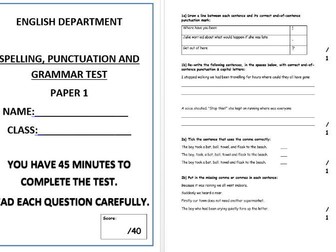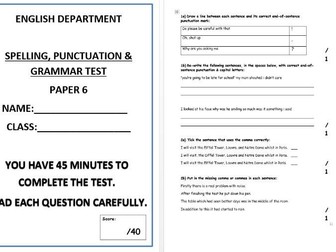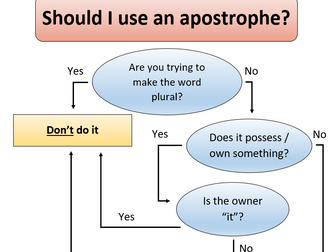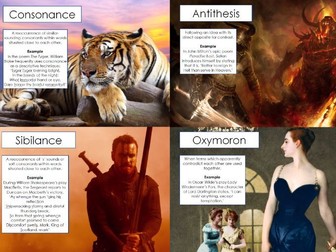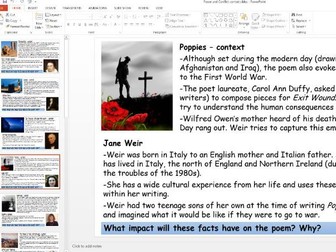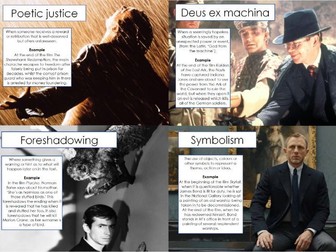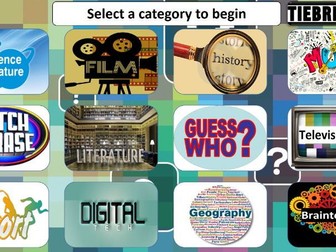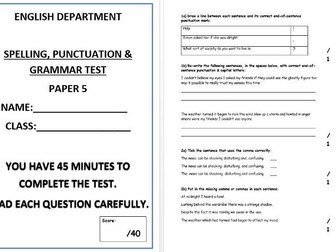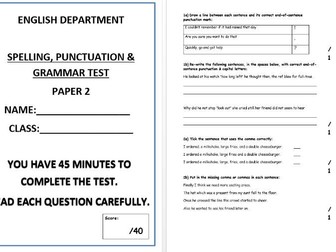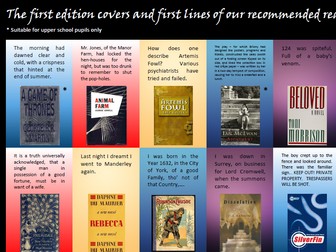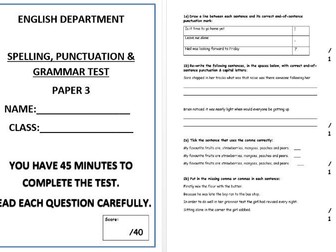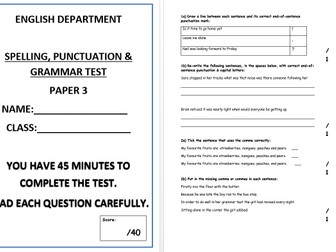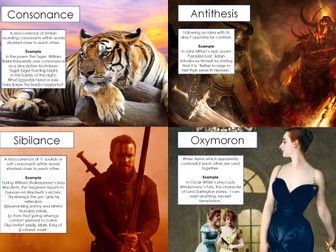AQA Power and Conflict poetry anthology displays
15 Publisher files of the poems from the GCSE AQA Power and Conflict poetry anthology for use as eye-catching displays for your pupils. Each separate file contains the text of the poem and a high-resolution image representing it. The poems are:
Bayonet Charge by Ted Hughes
Charge of the Light Brigade by Alfred Lord Tennyson
Checking Out Me History by John Agard
Exposure by Wilfred Owen
Kamikaze by Beatrice Garland
London by William Blake
My Last Duchess by Robert Browning
Ozymandias by Percy Bysshe Shelley
Poppies by Jane Weir
Remains by Simon Armitage
Storm on the Island by Seamus Heaney
The Émigrée by Carol Rumens
The Prelude by William Wordsworth
Tissue by Imtiaz Dharker
War Photographer by Carol Ann Duffy
Each Publisher file can be printed to suit the display / poster space you wish to fill (although I would recommend a maximum of A2 for best quality). A selection of the displays can be viewed in the preview.
Please also see my similar displays for the Love and Relationships cluster of poems.




